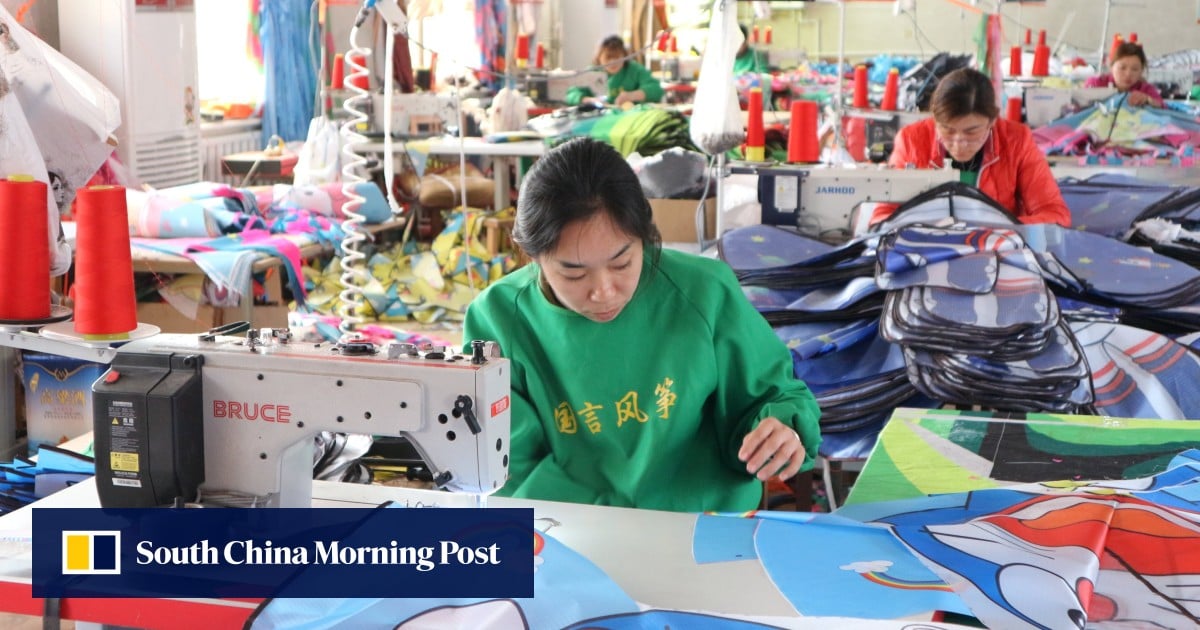A private sector survey on Tuesday showed Chinese factory activity expanded at a faster pace in December on strong growth in output and new orders, but business confidence remained weak in 2024.
The sprawling manufacturing sector came under pressure amid weak demand in 2023, as a real estate downturn, geopolitical factors and tight consumer spending all weighed on the post-pandemic recovery.
Factory output increased in December at the fastest pace since May, and new order growth reached a 10-month high on strong demand and a recovery in customer spending at the end of the year, according to Caixin research.
The pace of decline in new export orders slowed as some companies reported improvement in external demand from November.
While factory owners remain optimistic about the outlook for 2024, their confidence has gradually declined since November and remains below the series’ long-term trend.
They said that pressure on customers’ budgets, stiff competition and concerns about a sluggish market were among their main concerns.
Finished product inventories increased slightly due to delays in shipments to customers. Input costs continued to rise at the end of the year, but inflation slowed to a four-month low and remained marginal.
The data was collected from Dec. 6 to Dec. 14, according to S&P Global.
There is still room for adjustments in fiscal and monetary policy heading into the new year.
Factory owners cut labor costs for the fourth month in a row at the fastest pace since May as demand has been weaker than expected.
“The expansion of market demand and supply has not led to an increase in employment,” said Wang Zhe, an economist at Caixin Insight Group. The company said its existing production capacity is sufficient to fulfill additional orders in the country, it added.
“There is still room for adjustment in fiscal and monetary policies heading into the new year,” Wang said, calling for stepped-up efforts to expand employment to ease pressure on the job market.
